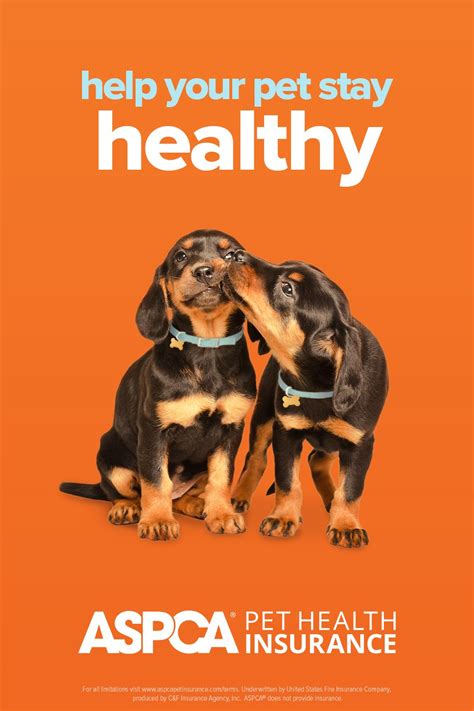Introduction
Pet wellness warranties and returns policies are essential considerations for pet owners seeking to protect their furry companions. This comprehensive guide will delve into the key differences between these two options, empowering pet owners to make informed decisions that best suit their needs and circumstances.

Pet Wellness Warranties
Definition:
Pet wellness warranties are contracts between pet owners and insurance providers that cover a specified range of veterinary expenses, such as vaccinations, spaying/neutering, and routine check-ups.
Benefits:
- Predictable Expenses: Warranties provide a fixed monthly premium that eliminates the financial burden of unexpected veterinary costs.
- Comprehensive Coverage: Warranties typically cover a wide range of essential services, ensuring that pets receive the necessary preventive care.
- Peace of Mind: Warranties offer pet owners peace of mind knowing that their pets’ health is protected against unexpected expenses.
Drawbacks:
- Monthly Premiums: Warranties require ongoing monthly payments, which can add to pet ownership costs.
- Exclusions: Warranties often exclude certain conditions, such as pre-existing illnesses and accidents.
- Limited Availability: Pet wellness warranties may not be available for all pets or breeds, and coverage may vary by provider.
Pet Returns Policies
Definition:
Pet returns policies allow customers to return a pet to the store or breeder within a specified timeframe, typically for reasons such as health issues or behavioral problems.
Benefits:
- Consumer Protection: Returns policies provide pet owners with a safety net if they encounter unexpected problems with their new companion.
- Health Guarantee: Some returns policies offer a health guarantee, ensuring that the pet is healthy at the time of purchase.
- Alternative Options: Returns policies allow pet owners to explore other options if they are not satisfied with their pet.
Drawbacks:
- Limited Timeframe: Returns policies have a strict timeframe within which the pet must be returned.
- Exclusions: Returns policies often exclude certain reasons for return, such as owner neglect or allergic reactions.
- Emotional Toll: Returning a pet can be an emotionally difficult experience for both the pet and the owner.
Comparison
To facilitate decision-making, a comparison of pet wellness warranties and returns policies is summarized in the following table:
| Feature | Pet Wellness Warranty | Pet Returns Policy |
|---|---|---|
| Coverage | Veterinary expenses | Return of pet |
| Benefits | Predictable expenses, comprehensive coverage | Consumer protection, health guarantee |
| Drawbacks | Monthly premiums, exclusions, limited availability | Limited timeframe, exclusions, emotional toll |
| Focus | Preventive care | Customer satisfaction |
Step-by-Step Approach
To make a well-informed decision, consider the following steps:
- Assess Pet’s Health: Have a veterinarian examine your pet to determine its overall health status.
- Review Coverage: Compare the coverage offered by different pet wellness warranties and returns policies to identify the best fit for your needs.
- Consider Your Budget: Determine how much you are willing to spend on pet care and factor that into your decision.
- Read the Fine Print: Carefully review the terms and conditions of any warranty or returns policy before purchasing.
FAQs
1. What is the average cost of a pet wellness warranty?
– According to the American Pet Products Association (APPA), the average cost of a pet wellness warranty ranges from $25 to $100 per month.
2. What is the most common reason for pet returns?
– According to the National Humane Society, the most common reason for pet returns is behavioral problems.
3. Can I return a pet to a breeder after the returns period?
– Typically, returns policies only apply within a specified timeframe. However, some breeders may offer extended warranties or take pets back in cases of extreme circumstances.
4. What are some tips for choosing the best pet wellness warranty?
– Consider your pet’s age, breed, and health history.
– Compare coverage options and monthly premiums from different providers.
– Read reviews and testimonials from other pet owners.
Reviews
“My pet wellness warranty has been a lifesaver. It has covered all of my dog’s vaccinations and check-ups, and I know that I can count on it to cover any unexpected expenses.” – Sarah, pet owner
“I was so grateful for my pet returns policy when I adopted a puppy that turned out to have severe behavioral problems. I was able to return the puppy and get a refund, which allowed me to adopt a pet that was a better fit for my family.” – Emily, pet owner
“I have both a pet wellness warranty and a returns policy for my cat. It gives me peace of mind knowing that I am covered for all of his veterinary expenses and that I can return him if necessary.” – John, pet owner
Expanding Market Insights
The pet wellness warranty and returns market is expected to continue experiencing significant growth in the coming years. According to a report by Grand View Research, the global pet insurance market is projected to reach $10.39 billion by 2025. This growth is driven by increasing pet ownership, rising veterinary expenses, and the demand for comprehensive pet care.
As technology continues to advance, new pet wellness warranty and returns products and services are emerging. For example, some companies are offering “micro-warranties” that provide coverage for specific procedures or treatments. These innovations are designed to meet the evolving needs of pet owners and provide them with the best possible care for their furry companions.
Conclusion
Pet wellness warranties and returns policies offer distinct advantages and drawbacks. By carefully considering the information presented here, pet owners can make informed decisions that align with their unique needs and circumstances. As the market continues to evolve, pet owners can expect to see innovative new products and services that further enhance the health and well-being of their beloved pets.





















